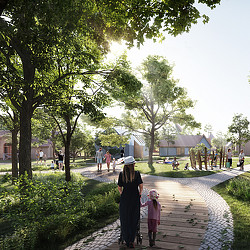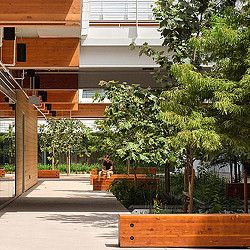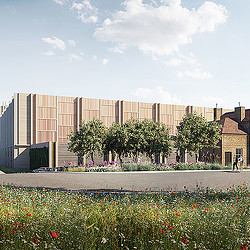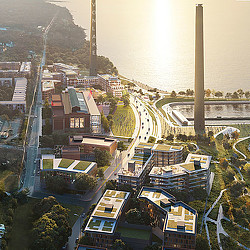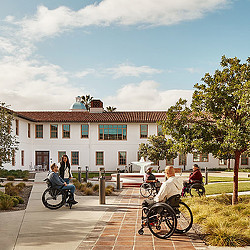Why It’s Time to Apply Regenerative Systems Design on a Global Scale
Regenerative architecture offers a more sustainable path forward.
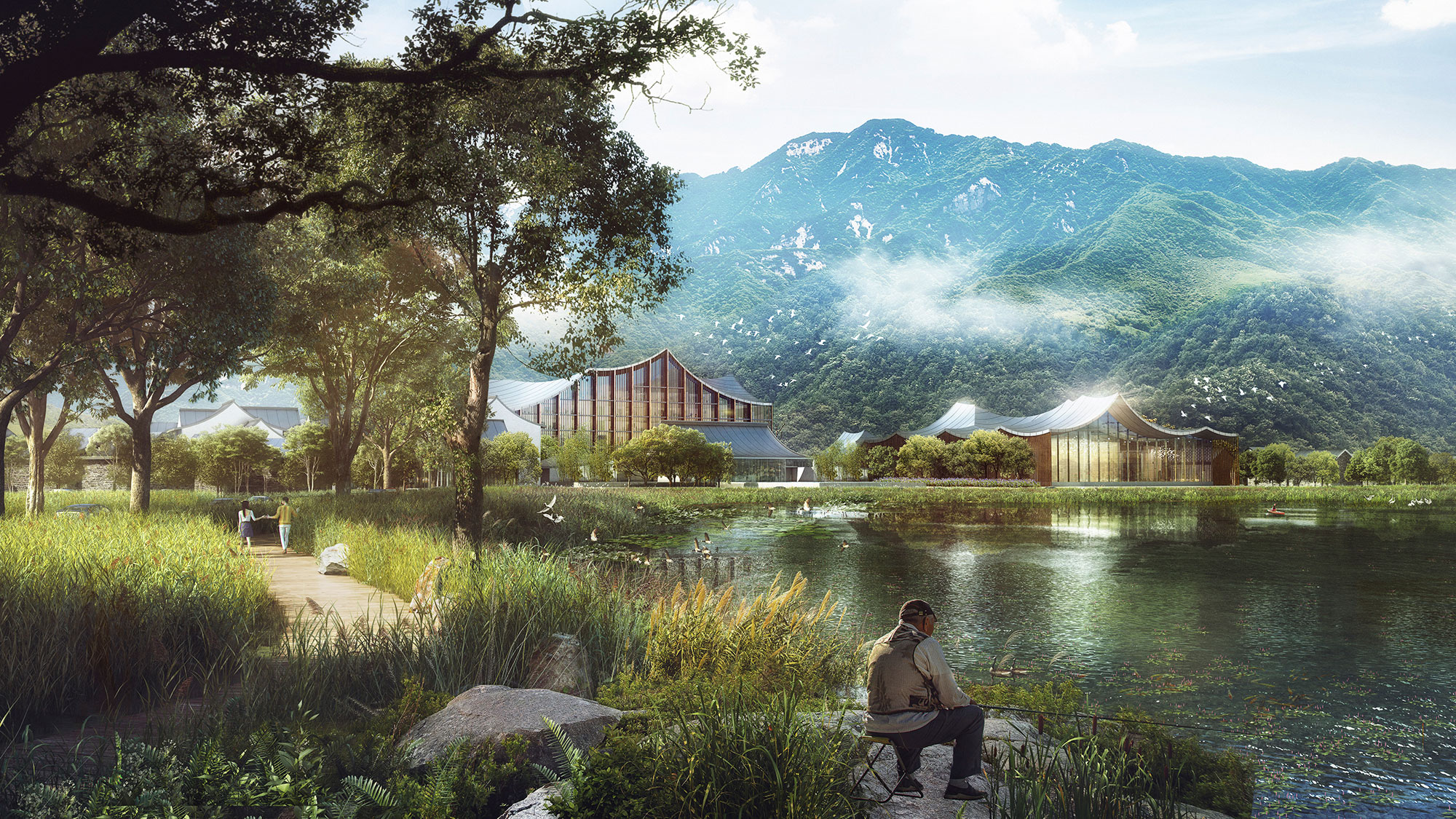
A recent UN meeting of indigenous tribes expressed concern about the world’s approach to achieving net zero. The reason? It fails to account for unsustainable practices that are detrimental to the environment, such as mining for EV batteries or wind turbine installation on indigenous lands. Coming from a community that preserves 80% of the world’s biodiversity while only representing 6% of its human population, these concerns should capture everyone’s attention.
The indigenous tribes are calling attention to something extremely serious that has been lurking under the surface of environmentalist conversations for a long time. Namely, that our species’ collective pursuit of net zero is mainly an accounting practice around carbon, and that it does little to regenerate collapsed ecosystems. We are living in what scientists are describing as our planet’s sixth mass extinction; our current era of human-induced climate change is endangering countless species around the globe, and it’s a problem that encompasses much more than carbon output numbers alone.
At its core, the call from indigenous tribes is for us to iterate beyond carbon accounting. We should be designing so that all of life can flourish. This is what regenerative design and architecture is all about: being additive to the environment in which a building project exists.
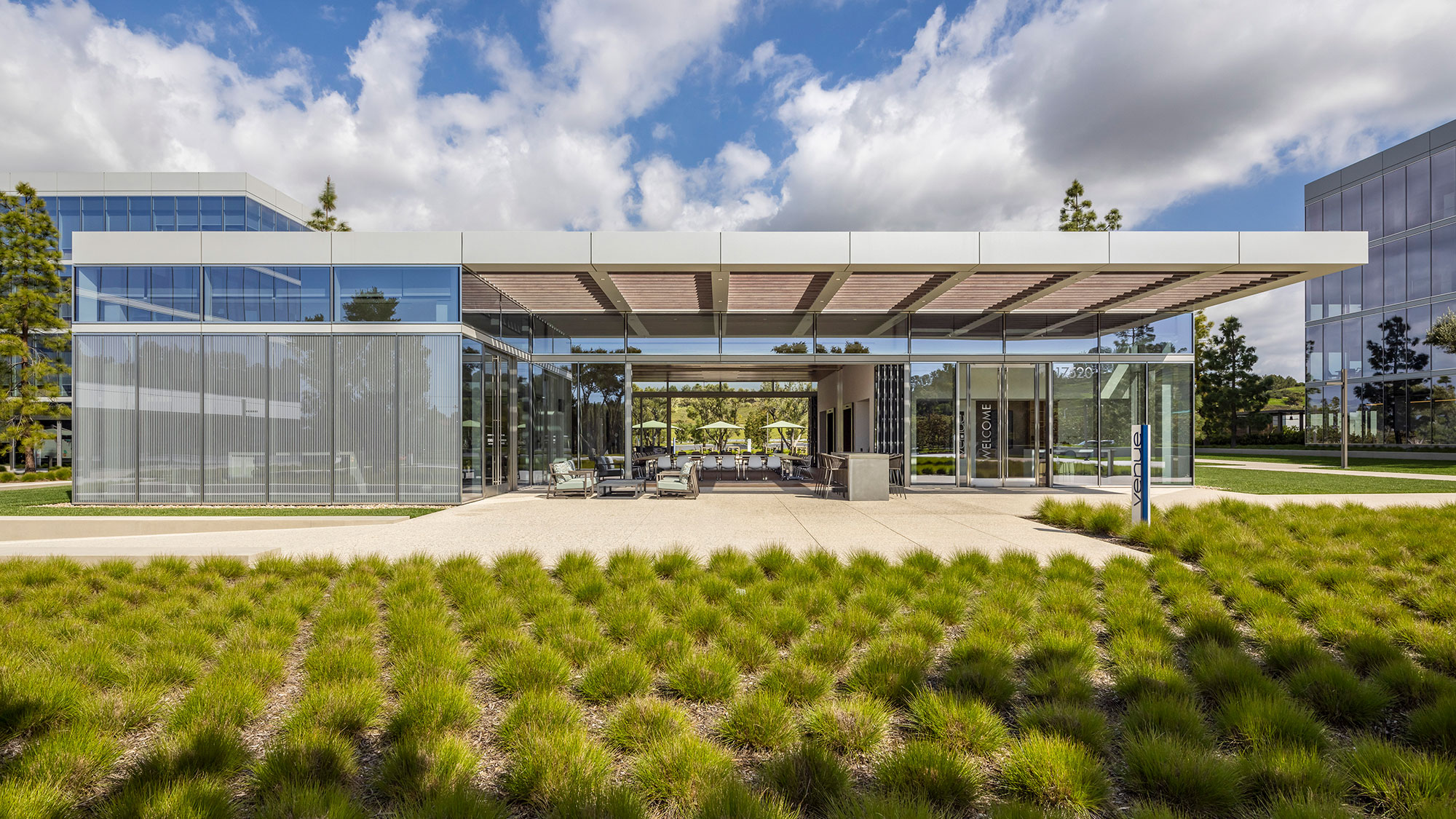
Why is today’s architecture so environmentally costly?
Over time, our ancestors developed tools, techniques, and materials that in some cases allowed their buildings and infrastructure to last for thousands of years. Even in environmentally challenging areas characterized by marshes and sinking subsoil, the Aztecs achieved enhanced solidity in their buildings using tezontle, a naturally occurring strong and light volcanic stone. Alternatively, when indigenous structures had shorter lifespans, they were made from biodegradable materials, ensuring that little or no environmental harm was done through building and deconstruction.
It all stands in stark contrast with modern architectural norms. Today’s average commercial building has a lifespan of only 50-60 years. On top of that, we usually strip them out and redesign the interiors every 10 years, using a host of environmentally toxic materials including plastics, asbestos, and lead. We currently develop a global floor area the size of New York City, every four years. We’re constantly building and rebuilding, the consequence of which is that the building industry emits 40% of greenhouse gas emissions around the world.
This isn’t the place for a detailed history of how we got into these habits. For that, we might recommend “Architecture: From Prehistory to Climate Emergency” by Barnabus Calder, a great account of how the availability of energy — particularly fossil fuels — has shaped architecture. In essence, the more technology developed in the wake of the industrial revolution, the more the notion of taking and mining the earth of its resources was embraced. Our societies have developed mechanical solutions to sustain life in the hottest climates, as well as the coldest.
People built for economic growth and capital expansion. We created comfort, expanded human life quality, and developed consumption urbanism on a global scale. Standing on the other side of this technological rush, anyone can use the internet to get anything from across the globe in a matter of days. This level of comfort is simply astounding. It’s convenient and profitable, but how long will it stay that way? How long will we be able to live like this?
We know there are many things wrong with this practice. It’s incredibly carbon intensive. It generates high quantities of waste. And it robs us of the aesthetic and societal benefits of embracing the building stock we have already taken the time and resources to build. Suffice it to say that as human civilization looks to evolve beyond industrial age energy sources, its architecture will need to evolve too.
As ESG and resilience strategy leaders, we are concerned with how we find the solutions and break the moulds this industry has created. Doing so will require a new understanding of our place in the universe as designers. We must recognize how our role can have an impact beyond the individual cities, counties, and regions we touch.
Regenerative architecture offers a more sustainable path forward.
Ancient tribes and civilizations, such as the Aboriginal Australians, knew something we seem to have forgotten in our modern age. Our ancestors worked in synchronization with nature’s cycles of seasons, understanding the Earth as the giver of all life. These ancients had a spiritual connection with the land on which they lived; they prioritized respect and balanced give and take from the Earth. That wisdom is carried through to indigenous tribes today — the very people calling on the UN to protect the Earth.
Regenerative design is ultimately about giving back, working with nature’s systems, and replenishing the earth through ecological design. This needs to happen on a global scale, and we must see ourselves as stewards and guardians of the planet. This is about shifting our economy towards our ecology, not the other way around.
We are seeing regenerative methods applied with grace and success in many markets around the world. Singapore stands out in Asia. France, Germany, the UK, and Scandinavia do the same in Europe. Australia, with many of the most unique climates and landscapes on Earth, is setting great examples in Oceania.

The same isn’t necessarily true elsewhere. Architects in the United States, for instance, have dedicated most of their recent attention to reducing carbon footprints. To be sure, that is absolutely necessary to advance change in the country’s highly unregulated markets. But when it comes to harmonizing projects with the natural environment and embracing regenerative design principles, progress is slow and carbon counting on its own doesn’t cut it.
For instance, as the city of Miami looks to address sea level rise, it will need to invest in its surrounding mangroves because drilling down to build a sea wall would destroy the region’s indispensable coral reefs. As the OECD notes, Germany has advanced similar nature-based solutions to the same problem, creating “sponge cities […] imitating the natural water cycle” and using green roofs and facades to encourage biodiversity while also “improving air quality and citizens’ well-being.”
By contrast, a prime example of how our focus could become misaligned is the use of carbon offsets to invest in regenerative ecological systems. These may include diverse forestry, mangrove protection, or peat land restoration. Once again, this is an example of humans applying carbon accounting to natural ecosystems rather than designing harmoniously with nature. We need to move beyond frameworks that advance the idea of paying a price for nature rather than taking responsibility for it. This is a mindset shift to view ourselves as part of a system — something the indigenous tribes are calling for.
The numbers: Where we are versus where we need to be.
The global sustainability conversation is just starting to converge on net zero. However, where design parameters and legislation are laid down, the variance in what net zero means is large. In some geographies, it may mean net zero operating emissions, whereas in others it means whole life cycle carbon accounting.
Planetary boundaries are being crossed whether the industry feels it or not. The World Green Building Council (WGBC) is working on global alignment of standards, but the environmental damage being done while there are no guidelines is considerable. Between 2010 and 2018, the built environment sector made 2% progress in reducing emissions, but this was outstripped by new construction. To meet the Paris Pledge to stay below 1.5 degrees, the sector needs to decarbonize by 60% by 2030.
Furthermore, as we’ve noted, the net zero conversation doesn’t necessarily include natural ecosystems restoration, and we aren’t seeing the necessary push for regenerative design as part of the solution. Part of the reason why has to do with legislation or a lack thereof that does not require cities and developers to employ systems thinking. Nearly 70% (68%) of the world’s geographies don’t have building design legislation, let alone regenerative design principles.
If we want to see significant regenerative design at a faster pace, we need governments to provide larger financial incentives for developers, property owners, and citizens to apply social pressure for change. The built environment sector is not lobbied like aviation and fuels, despite its significant contributions to global emissions.
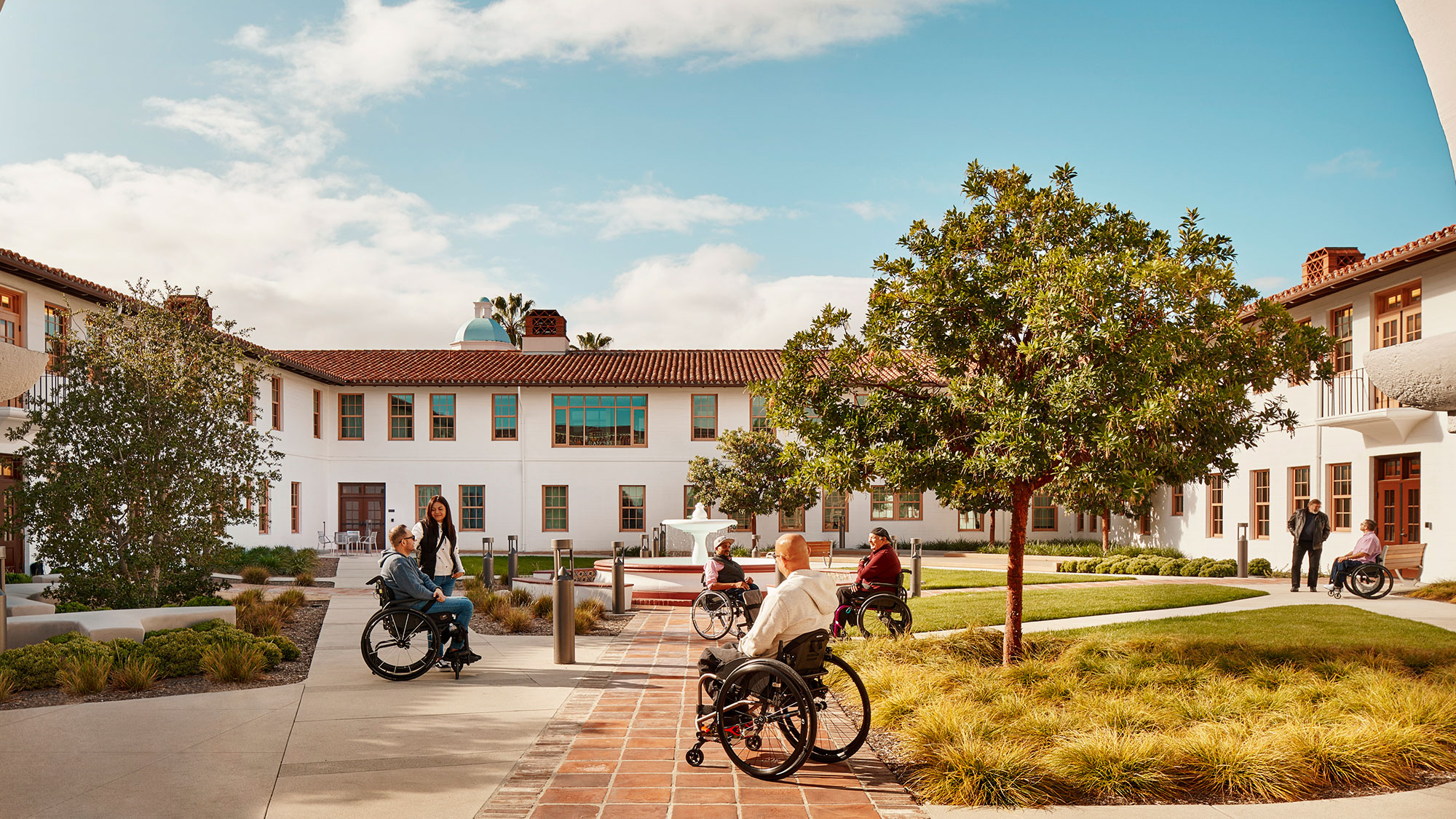
A vision for architecture’s next chapter.
On every project, we have a design responsibility of protecting the health, safety, and welfare of the public. If we design a project that can’t meet the climate projections of the next 50 years, we aren’t living up to that responsibility. The same measures should apply to our urban ecology; we must protect it. As the architect and systems theorist Buckminster Fuller said: “We are all astronauts on a little spaceship called Earth.”
There is no shortage of money to implement regenerative design on a global scale. Rather, there is more of a shortage of ideas. We don’t have enough people thinking in a transdisciplinary manner, and we have too much fixation on short-term growth. This moment demands something different: that people think laterally across the systems they are affecting, and that they project the future across a longer time horizon.
After all, the essence of being an architect boils down to being a futurist. We are meant to project what the future could look like, and to paint a picture that is both elegant and attainable. A landscape architect’s best work may not be realized until years after they are gone. It can take a tree 30 or more years to grow in, and the landscape architect’s value lies in how they were able to project the future. They plant a seed, and over time it grows to impact the life and structures around it. Architects of all stripes should understand the seeds we are planting.
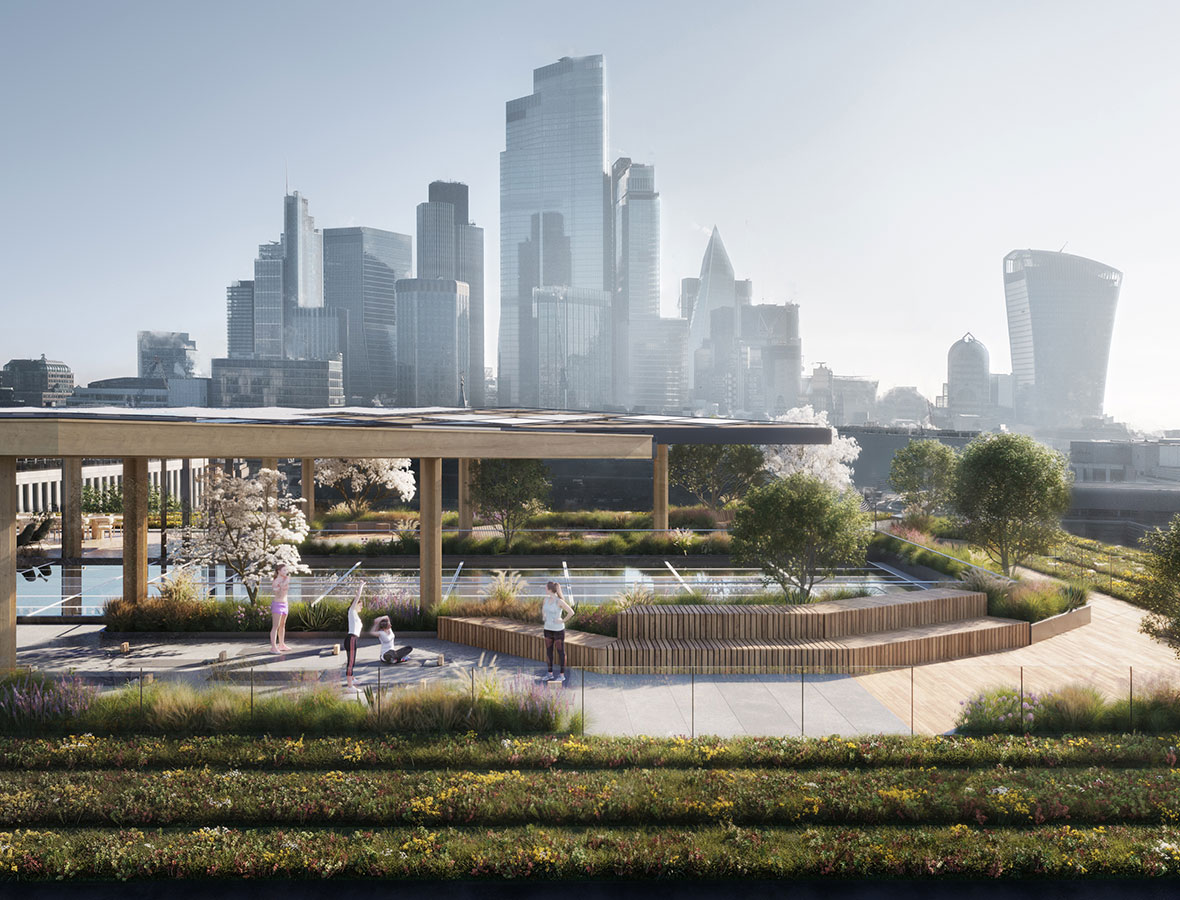
For media inquiries, email .


